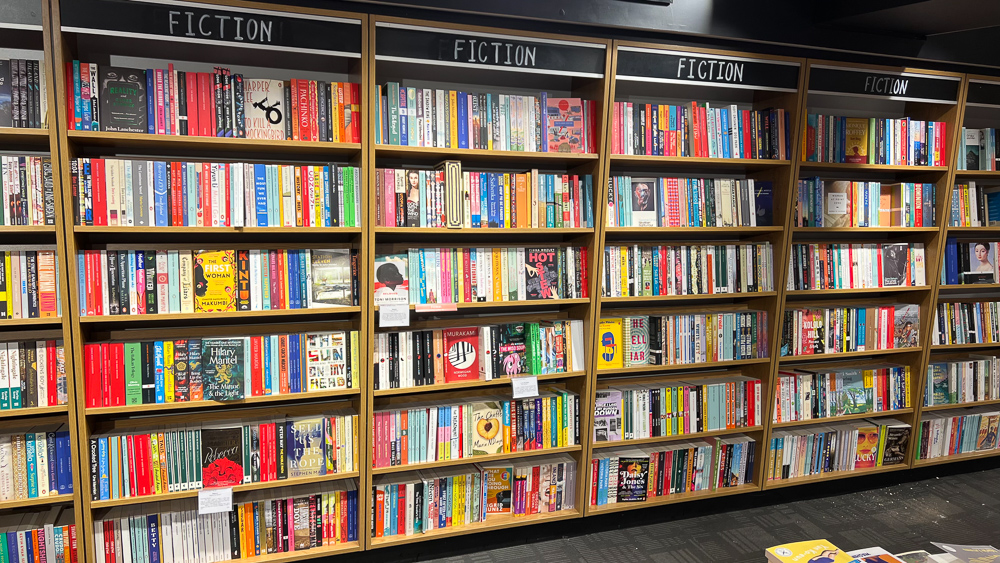On this blog, one of my recurring themes is market segmentation. [Aside: I probably have lots of recurring themes. In fact, I probably repeat myself incessantly. Sorry.]
We can’t really discuss ‘wine’, as if it were a single homogeneous entity. Instead, there are a number of different markets for wine.
There is wine as a commodity, of the sort that most normal people drink. Then there is wine as a luxury good, drunk largely by people who don’t care particularly for wine (they wouldn’t count wine as a hobby), but who have lots of money to spend and want the best.
This second segment overlaps significantly with a third segment, wine as an investment vehicle. And both overlap with the wine geek segment. These three segments would all fall under the banner of fine wine in its various guises.
But: there’s also an element of the wine geek segment which isn’t about fine wine, but rather interesting wine (for example, from lesser known regions or grape varieties, and which may be inexpensive).
There’s a big gap between the commodity segment and the wine geek/fine wine segment. The rules are totally different. One is not more important than the other, and indeed there may be some transfer between the commodity segment upwards to the wine geek segment. And sometimes even wine geeks will dip into the commodity segment for certain occasions.
When people refer to the ‘consumer’ in discussions about wine, they usually fail to indicate exactly which ‘consumer’ they are referring to. Usually it is the drinker of everyday, commodity wine, but this isn’t made explicit. Most often, everyone is lumped in together and mass confusion erupts.
One of the frequent sources of crossed wires in discussions about ‘consumers’ occurs when the commodity wine drinker – the normal person – is being discussed. Wine producers are criticised for not appealing to the consumer, or for ‘hating the consumer’, by not making their product accessible enough, or having difficult labels, and so on. But if a producer is operating in the fine wine segment, then criticising them for not playing by the rules of a totally different segment is simply nuts.
Listening to some industry commentators, you’d think the wine industry is totally doomed. That it is failing, slipping into oblivion, and all because it has refused to modernize, it is stubborn, and it doesn’t like consumers. Yet when I look at the segments of the wine trade that I find interesting, and which I’m predominantly dealing with, I see a great success story. Across the world, there are now many more interesting wines being made than in the past. New regions have emerged. There’s a tremendous diversity of wine being made, much of which is compelling. Of the regions I’ve spent particular attention on, the scene is now SO much more vibrant than it was 20 years ago: Portugal, South Africa, New Zealand.
And these same industry commentators talk about how no one is listening to wine writers, and that wine writing is dead. Really? My traffic levels for wineanorak amaze me. I make a proper living out of this gig, and I only started doing it as a hobby. OK, maybe I could be richer doing something else. Maybe. But I don’t want to do something else.
My point? If we are to discuss wine, then we need to segment the market. Wine isn’t wine.
7 Comments on Segmenting the wine market helps us to see more clearly


Great article Jamie, addresses the elephant in the room. I’d class myself as a wine geek but occasionally dip into the poles of investment and commodity wines.
I would see the market as something you could look at in 2 dimensions- the amount spent and the level of interest / geekiness: like those matrices management consultants like to bandy about. There are geeks out there picking apart (-and enjoying) 7-8 pound bottles, and people buying 50 pound bottles purely onthe basis of price/prestige and no interest whatsoever… As someone providing information, the interested geek/investor will be a willing market, as may be the person selling to the 50 quid brigade…
Spot on Jamie. A frequent complaint – curiously, often from industry professionals – is that wine writing isn’t accessible to the consumer. But this comes with no distinction, although I think when the comment is made it is usually the supermarket-shopping ‘commodity’ wine buyer that they have in mind. The usual criticism is that the language of communication is too obscure or technical, and more often that the wine descriptions overly complex or flowery.
But – as you have pointed out so well – not everybody is writing for the buyer of commodity wines. If, for example, you focus almost exclusively on the Loire and Bordeaux (hmmm…. who could I be thinking of here) then half of what you write will appeal to a mix of investors, luxury label drinkers and geeks, the second half mainly geeks. In these circumstances I don’t think their is any need to write for the commodity wine buyer; in fact it would be entirely inappropriate.
There is almost certainly a role in the wine writing pantheon for engaging individuals to enthuse commodity drinkers ( or even non-wine drinkers) to explore wine more. These people need to write in an accessible manner. But that isn’t a role all wine writers should try to fill.
Chris : good points – I think the decline in the quality/’richness’ of newspaper wine writing shows the difficulty in reaching the ‘commodity’ market through any non point-of-sale channel – less to do with writers’ inability to write, more the views of newspaper subeditors
So true Jamie. We run food and wine trips and people(the consumers)obviously drink wine for different reasons. Some people just love trying new wines.Others will drink almost anything.Others are a little snobby and talk about an area they like being the best and others recognise that each wine has its own character and has been produced for a certain market. The great thing is that
although everyone looks at a wine from their own angle…they do all like wine.
Spot on, Jamie. I agree, especially that in certain segments wine writing is thriving (as is the wine “industry” (sic) when you look at what’s getting everyone excited these days, diversity). There are wine writers writing for the commodity wine buyer, of c(o)urse. They may be doing so under restrictions from their newspaper editor, but a lot of wine columns are trying to nudge the commodity wine buyer into something just a tad more interesting and a touch more expensive than a fiver. And, of course, long may they continue to try.
You are right, of course, Jamie – there is clearly a market for detailed, informative, complex writing about wine and people like you and Chris K are very good examples of it.
The challenge for the wine trade is trying to grow that market by engaging what you term the commodity market and building an interest in wine into more than just another item on the grocery list. There’s very little profit (for anyone) in selling the average bottle of wine at a few pence over a fiver.
Chris’s point that “that (engaging commidty drinkers) isn’t a role all wine writers should try to fill” is 100% correct but I’ll give my whole hearted support to any writer who does.